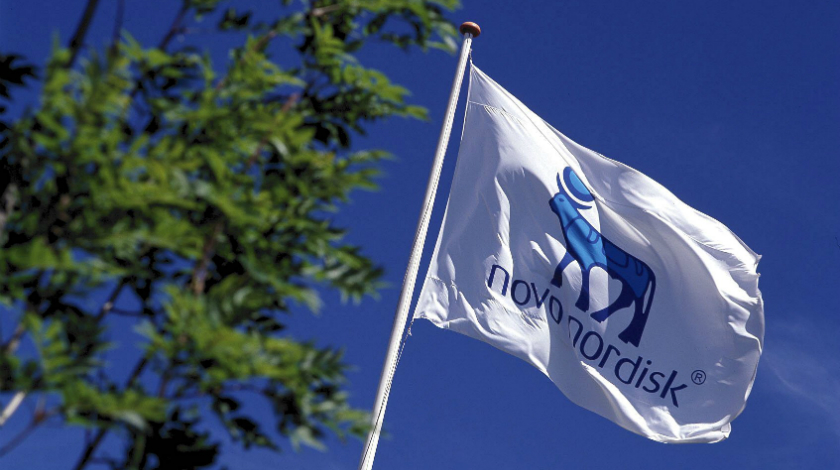Ozempic acceleration buoys Novo Nordisk, and threatens Lilly

Solid growth for Novo Nordisk’s weekly GLP-1 agonist Ozempic in the fourth quarter helped the Danish drugmaker beat forecasts, and could spell trouble for rival Eli Lilly this year.
Overall, Novo Nordisk posted a 9% increase in fourth-quarter sales to DKK 32.42 billion ($4.8 billion), helped with Ozempic (semaglutide) for type 2 diabetes contributing DKK 4.4 billion – around $650 million – of that total.
Novo Nordisk’s drug still has a long way to go to catch Lilly’s Trulicity (dulaglutide), the market leader in the GLP-1 agonist category, which posted sales of $1.2 billion in the same period, but the gap between the two products seems to be narrowing fast.
The Danish firm expects its new once-daily oral formulation of semaglutide – Rybelsus – to add further momentum to its GLP-1 agonist franchise as its older daily injectable drug Victoza (liraglutide) continues to decline with sales falling 19% in the fourth quarter to DKK 5.4 billion ($798 million).
It’s too early to gauge whether Rybelsus is on track, with its fourth-quarter launch in the US resulting in just DKK 50 million in sales before the end of 2019, but Novo Nordisk’s chief executive Lars Fruergaard Jørgensen said the new product is “off to a good start.”
Lilly said in its fourth-quarter results statement last week that top-selling drug Trulicity had largely fended off the challenge from Ozempic and Rybelsus in the fourth quarter, and its performance in 2020 will be under scrutiny, particularly as it accounts for nearly 20% of Lilly’s top-line revenues.
Both Ozempic and Rybelsus have had cardiovascular outcomes data added to their labelling in the US since the start of the year, while Rybelsus is also on course for approval in Europe following a positive opinion from the EMA’s advisory panel.
For the full-year, Ozempic brought in DKK 11.23 billion ($1.6 billion), consolidating its blockbuster credentials in its second full year on the market.
Meanwhile, obesity drug Saxenda (liraglutide) benefited from new cardiovascular outcomes data, growing 47% to DKK 5.68 billion ($840 million) last year. The drug’s fourth-quarter sales of around $240 million – up 24% – suggest it could join the blockbuster club in 2020.
There was a mixed performance for Novo Nordisk’s other business units, with insulin products flat as growth for newer products like Tresiba (insulin degludec) and Xultophy (insulin degludec plus liraglutide) was offset by pricing pressure and declines for older brands like Levemir (insulin detemir).
Biopharma, which covers Novo Nordisk’s drugs for haemophilia and growth disorders, managed a 5% increase in sales despite tough competition from rival therapies like Roche’s fast-growing haemophilia therapy Hemlibra (emicizumab), which is disrupting the clotting factor replacement market.
Novo Nordisk said it expects sales growth this year of between 3% and 6%, on a constant currency basis, on tougher competition in the diabetes and haemophilia categories, as well as pricing pressure in the US particularly for its insulin franchise.
Like its peers in the insulin market such as Sanofi and Lilly, Novo Nordisk has launched cheaper versions of its products in the face of criticism of large price increases in recent years by lawmakers and patient groups.












